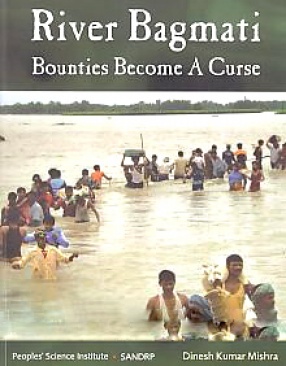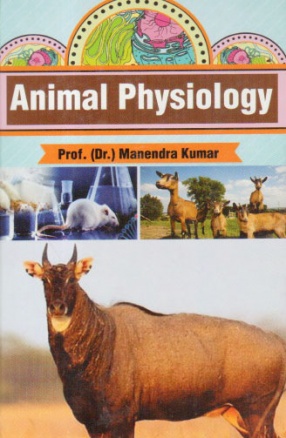This is a manual of the family Polyporaceae based on exhaustive studies on fungi belonging to this group collected from different parts of India during the last 40 years. The family name Polyporaceae was introduced first by Fries in 1838. For a long time the family included fungi with tubes or pores in their basidiocarps. But it gradually appeared that poroid hymenophore evolved in different phylogenetically related groups of fungi and it was realised that much emphasis should be given on some other conservative and adaptable characters. Consequently several aspects like anatomy, sexuality etc., were introduced in taxonomic studies of these fungi. As a result several families were evolved and the concept of Polyporaceae was considerably changed. The most modern and well accepted concept of Polyporaceae is that of Pegler (The Fungi, Vol. IV B, Ainsworth, G.C et al. eds. 1973, Academic Press) and we have followed it in this manual. India, a tropical country and with a wide range of climatic conditions, harbours a fungal flora resembling greatly that of entire tropical and to some extent pantropical world. Large number of these fungi have been described from time to time by Bose, Bagchee, Bakshi, Thind and others. Bakshi (1971) also published a book entitled "Indian Polyporaceae" which is the only manual of Polyporaceae from India. All works of these Indian mycologists were based on old traditional Friesian concepts of taxonomy. As modern concept of taxonomy requires utilisation of knowledge based on a broad spectrum of information from several research approaches like hyphal system, cultural characters, biological characters such as the type of decay produced, and genetics, we have studied the taxonomy of the Indian fungi belonging to the family Polyporaceae in the light of these modern lines of thought. All the data presented in this manual about the species are based on investigations mostly done by us except for a few cases where we had to gather information from the literature to make the manual complete. The genera and the species have been arranged alphabetically. Although taxonomic positions of the species have been determined utilising knowledge from different fields of study mentioned above, the key for generic and specific identifications has been based on basidiocarp characters only as it will be useful to everybody working with these fungi.
River Bagmati: Bounties Become a Curse
$54.00
$60.00





There are no reviews yet.